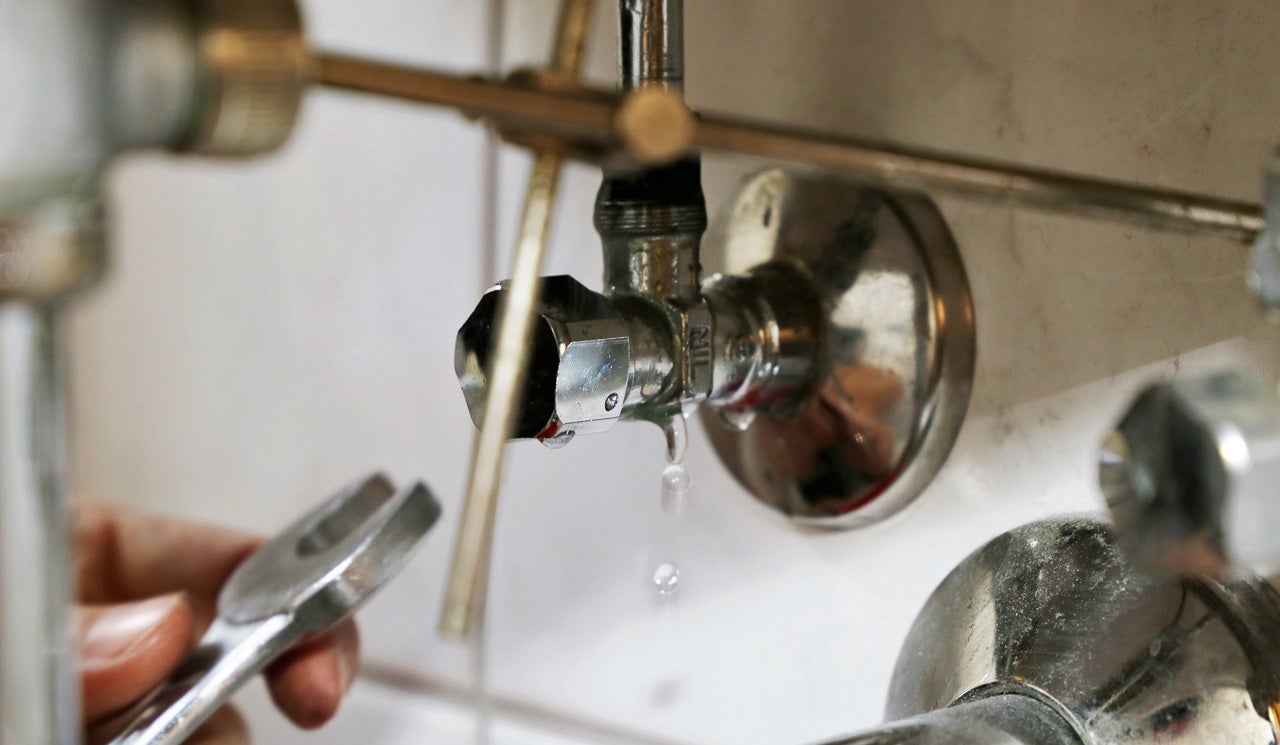Spot Hidden Water Line Leaks: 6 Smart Detection Tricks
Spot Hidden Water Line Leaks: 6 Smart Detection Tricks
Blog Article
Listed here below you might get a good deal of dependable insight when it comes to Top leak detection hacks.

Early discovery of leaking water lines can minimize a prospective calamity. Some tiny water leakages might not be visible.
1. Check Out the Water Meter
Every residence has a water meter. Checking it is a guaranteed way that helps you discover leaks. For starters, turn off all the water sources. Make sure nobody will flush, use the faucet, shower, run the washing machine or dishwasher. From there, go to the meter and also watch if it will change. Because no one is using it, there should be no activities. If it relocates, that indicates a fast-moving leakage. If you find no modifications, wait a hr or two as well as inspect back once more. This implies you may have a slow leakage that could also be underground.
2. Check Water Usage
Evaluate your water costs and track your water usage. As the one paying it, you should discover if there are any kind of discrepancies. If you find sudden changes, regardless of your intake coinciding, it suggests that you have leakages in your plumbing system. Bear in mind, your water costs must fall under the same array each month. A sudden spike in your expense shows a fast-moving leak.
At the same time, a steady boost each month, despite having the very same habits, shows you have a sluggish leak that's additionally gradually intensifying. Call a plumber to thoroughly inspect your residential or commercial property, particularly if you feel a warm area on your floor with piping beneath.
3. Do a Food Coloring Test
When it pertains to water usage, 30% comes from bathrooms. Test to see if they are running properly. Drop flecks of food color in the tank and wait 10 mins. There's a leak in between the storage tank and dish if the color in some way infiltrates your dish during that time without flushing.
4. Asses Outside Lines
Don't forget to examine your outside water lines too. Needs to water seep out of the connection, you have a loosened rubber gasket. One little leak can squander tons of water as well as surge your water costs.
5. Analyze the situation and examine
Property owners ought to make it a routine to inspect under the sink counters and also inside cupboards for any kind of bad odor or mold and mildew development. These two warnings show a leakage so prompt focus is required. Doing regular assessments, also bi-annually, can save you from a significant trouble.
Inspect for discolorations and also compromising as the majority of pipelines as well as appliances have a life expectations. If you believe dripping water lines in your plumbing system, don't wait for it to rise.
Early detection of leaking water lines can minimize a prospective catastrophe. Some tiny water leakages may not be visible. Inspecting it is a guaranteed method that assists you find leakages. One small leak can squander loads of water and increase your water bill.
If you believe leaking water lines in your plumbing system, do not wait for it to rise.
WARNING SIGNS OF WATER LEAKAGE BEHIND THE WALL
PERSISTENT MUSTY ODORS
As water slowly drips from a leaky pipe inside the wall, flooring and sheetrock stay damp and develop an odor similar to wet cardboard. It generates a musty smell that can help you find hidden leaks.
MOLD IN UNUSUAL AREAS
Mold usually grows in wet areas like kitchens, baths and laundry rooms. If you spot the stuff on walls or baseboards in other rooms of the house, it’s a good indicator of undetected water leaks.
STAINS THAT GROW
When mold thrives around a leaky pipe, it sometimes takes hold on the inside surface of the affected wall. A growing stain on otherwise clean sheetrock is often your sign of a hidden plumbing problem.
PEELING OR BUBBLING WALLPAPER / PAINT
This clue is easy to miss in rooms that don’t get much use. When you see wallpaper separating along seams or paint bubbling or flaking off the wall, blame sheetrock that stays wet because of an undetected leak.
BUCKLED CEILINGS AND STAINED FLOORS
If ceilings or floors in bathrooms, kitchens or laundry areas develop structural problems, don’t rule out constant damp inside the walls. Wet sheetrock can affect adjacent framing, flooring and ceilings.
https://www.servicemasterbyzaba.com/blog/how-to-detect-water-leakage-in-walls/

I discovered that post on Finding hidden leaks when doing a search on the search engines. Make sure you set aside a second to promote this blog entry if you enjoyed reading it. I am grateful for your time. Visit us again soon.
Request Your Service Report this page